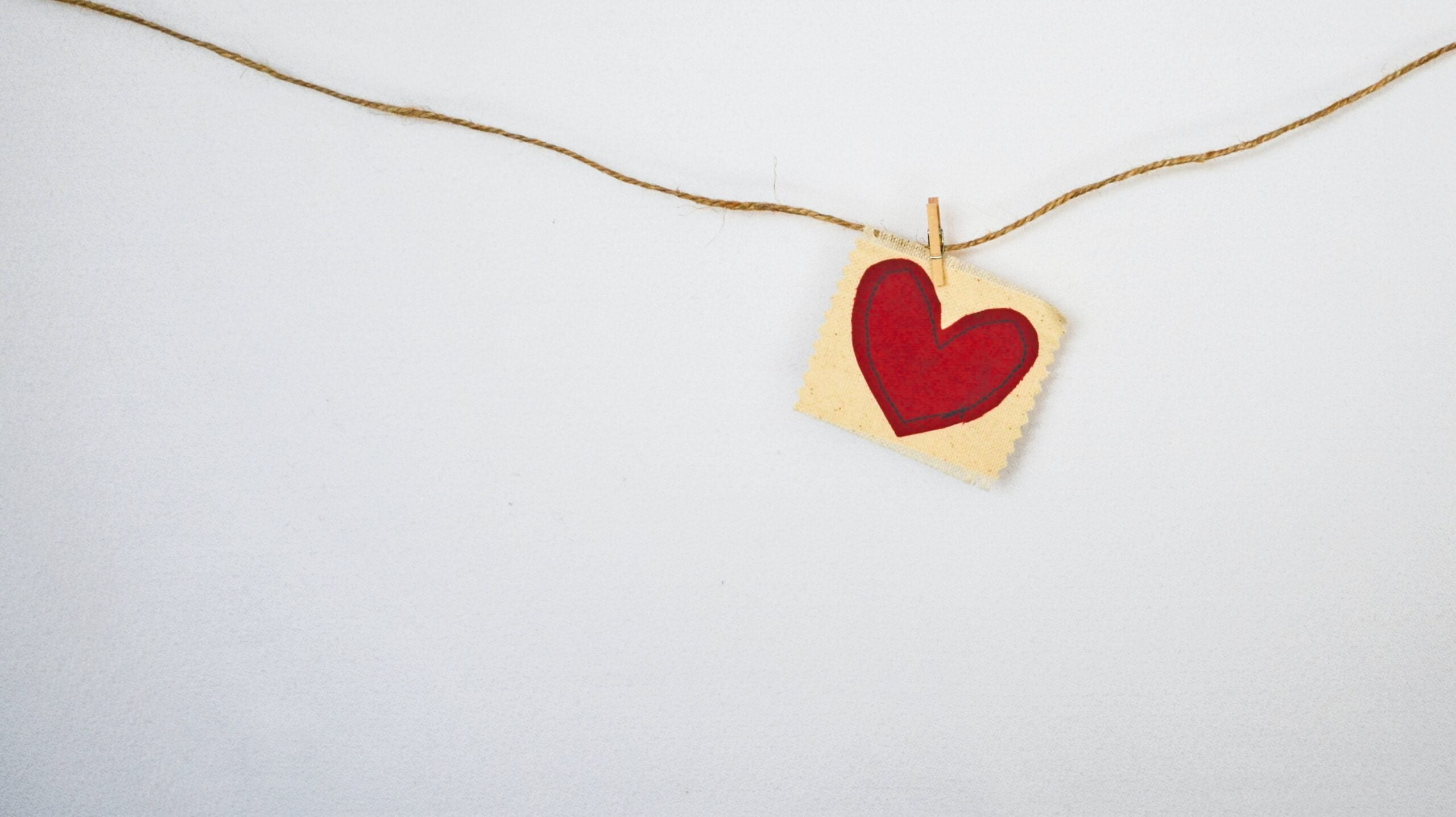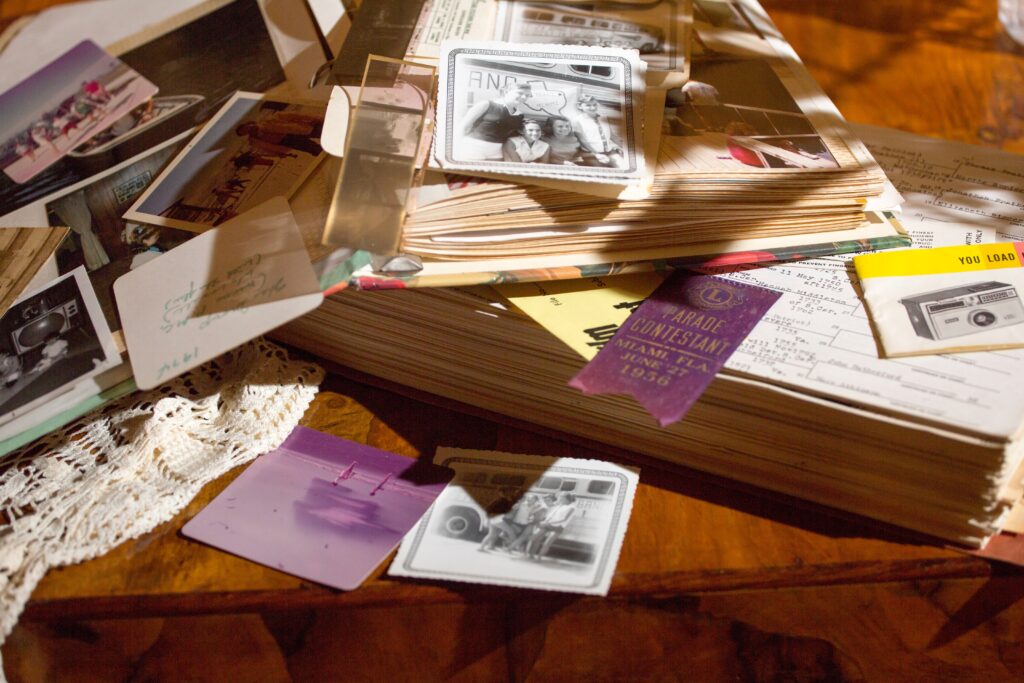
Originally used by the military, paracord has now become a staple item for adrenaline junkies and crafters alike. Thanks to its extreme strength and durability, paracord is the go-to item for intensive applications like bungee jumping, rock climbing and securing heavy cargo. But since it’s also extremely lightweight and flexible, paracord can be used for a wide range of other applications, including the creation of intricate, decorative items like coasters, bracelets and keychains.
Over the past few years, paracord projects – the creation of items using paracord – have become extremely popular. Not only are these items attractive and fun to make, but they can also be very useful for those who need durable, lightweight items, such as hikers and campers. Keep reading to learn more about paracord and discover a plethora of paracord project ideas to aid survival in the great outdoors.
What is paracord?
Paracord or parachute cord was originally used by the military in the suspension lines of parachutes, and it has also been used by astronauts on space missions. These synthetic, 100% nylon cords are extremely durable and flexible, and they contain an interior core protected by a woven exterior sheath to optimise tensile strength. In fact, type-III paracord is sometimes referred to as 550 cord because it has a breaking load of 550 lbs (249.5 kg) – this makes paracord ideal for even the most heavy-duty applications!
Despite initially being used by the military and government agencies, paracord can now be bought and used by the general public as a multi-purpose utility cord. Paracord is particularly popular among those who are fond of hiking, camping, adventuring and extreme sports, but in recent years, paracord projects have become a craze among arts and crafts enthusiasts, who use this flexible, durable cord to create useful or decorative items with intricate woven designs.
What are the benefits of using paracord for craft projects?
Not only is paracord extremely strong, making it ideal for outdoor, heavy-duty applications, but it’s also highly flexible and somewhat elastic thanks to its 100% nylon material. This means it can be easily manipulated and woven into intricate patterns, so it can also be used as a decorative item.
Crafting enthusiasts also love paracord because it comes in plenty of colours and styles, and even neon and multicoloured options. As a result, paracord can be used to create beautiful, unique jewellery and other accessories, in addition to household objects like coasters, dog collars and children’s toys. Plus, once the project is complete, you won’t have to worry about the item becoming ruined because paracord is very durable and waterproof.
What tools do I need?
Creating paracord projects can come with a bit of a learning curve, but as you practise and get to grips with handling the material, you’ll soon learn how to create more complex and interesting designs.
However, as a beginner, there are just a few things you need. Scissors and needle-nose pliers are essential for manipulating and cutting the strands, and we would also recommend using a tape measure so you can be precise with your measurements. You also need a lighter or match to seal the ends of the cords when you’ve finished cutting them – this will prevent the paracord from fraying.
14 creative paracord survival projects
Ready to don your hiking gear? These paracord survival projects are essential for keeping you safe in the great outdoors without weighing you down. Bring your love of adventure and your love of arts and crafts together with these paracord project ideas:
1. Survival bracelet
One of the most important paracord projects you can learn is creating a survival bracelet. Not only is a woven paracord bracelet a fashion statement – especially if you weave multiple colours together – but this item can also provide much-needed help if you suddenly need a rope while you’re away from civilisation. For example, you could fix a belt or another item of clothing, tie a strong survival knot, secure heavy items, moor a boat or aid a water rescue.
A survival bracelet is made out of several feet of paracord that’s woven tightly together so it can be worn around the wrist. In an emergency situation, you can unravel your survival bracelet to get a useful length of rope for a wide variety of purposes.
2. Paracord belt
Similarly, you could create a paracord belt if you like the idea of wearing a compact length of paracord that can be unravelled if needed. Plus, even if you never unravel your paracord belt, it can still be an extremely useful accessory. By adding carabiner clips to your paracord belt, you can attach multiple items to your belt to free your hands, such as a water bottle holder or keychain (which can also be made from paracord for extra durability and flexibility). Since paracord is so strong, you don’t have to worry about whether your belt can handle the weight of any items you attach to it.
3. Drawstring bag
Has your backpack ever broken halfway through a hike or camping trip? You won’t have to worry about this unfortunate event occurring if you create your own paracord drawstring bag. Drawstring bags are an extremely efficient way to carry your belongings. Plus, since paracord is so lightweight, this bag won’t put as much strain on your back while walking.
4. Lanyard
By keeping your hands free as you walk, you’ll find it much easier to grab items as you need them or stabilise yourself on uneven surfaces. So, if you have any small items you need to keep on your person (such as a paracord tin pouch – see below), it’s a good idea to create your own lanyard out of durable paracord material. Simply add a carabiner clip to the end of your lanyard and attach your essential items. This means you won’t ever forget your most important items while out in the wilderness.
5. Paracord tin pouch
As mentioned above, it’s a good idea to keep small, essential items around your neck on a lanyard rather than in your hands or at the bottom of your bag. Therefore, you can easily grab what you need and never worry about accidentally misplacing something.
By creating a small paracord tin pouch, you can store items like medication, first aid supplies, a lighter or a small knife in a handy tin. This tin can then be slotted into the tin pouch and attached to your paracord belt or lanyard with a clip. Alternatively, you could use this paracord project as a phone pouch for keeping your phone safe and out of your hands or pockets.
6. Water bottle holder
Another thing you can attach to your paracord belt (or drawstring bag) is a paracord water bottle holder. It’s essential that you alway carry a bottle of water with you when hiking or camping. Keep your water bottle safe and easily accessible with a lightweight water bottle holder made from criss-crossed strips of paracord. You can either create a paracord handle or clip the bottle holder to your belt with a carabiner.
7. Bottle and knife wraps
Another bottle accessory you may need is a paracord bottle wrap. This is a much more tightly woven paracord item that fully encases your bottle or flask, providing an insulating layer. So, if you’re going for a long hike and want to keep your flask of soup or coffee warm for hours, creating a paracord bottle wrap is a great idea.
8. Hiking stick and knife wraps
These paracord wraps aren’t only good for keeping your drinks warm. Thanks to the moisture and sweat-wicking properties of nylon, paracord is a great item to wrap around handles, such as knife handles, to improve your grip. If you like to use a hiking stick to help you walk, you could wrap some paracord around your hiking stick to make your grip more comfortable.
9. Sleeping bag compression strap
Sleeping bags can be a pain to carry around, especially if they no longer fit easily in their bags or the straps have broken. Luckily, if you’re a creative person, you can make your own compression strap for carrying around your sleeping bag or pillows more efficiently. Remember to create some handles too so you can carry your sleeping bag or wear it on your back.
10. Hammock
Got no tent? If you’d rather sleep under an open night sky, a woven paracord hammock could be the perfect camping item for you. Paracord is extremely strong and has a breaking load of 550 lbs, so you can rest assured that your hammock will easily support you throughout the night. During the day, you can neatly pack up your paracord hammock and store it in your paracord drawstring bag.
11. Survival keychain
Another item you can clip onto your paracord belt or bag is a paracord keychain. Keep your keys safe with this durable, lightweight keychain, or attach useful survival items to it like a mini torch or a keychain pocket knife. Plus, by using bright or multi-coloured paracord, you can ensure that you never misplace your keys again!
12. Fishing lines
If you ever find yourself in a desperate situation where you need to find food in the wilderness – or you just fancy a bit of fishing – it’s good to know that you can repurpose your paracord as a fishing line. All you have to do is remove the yarns of the core of the rope and use these thinner threads as fishing lines. Plus, if you ever need to repair your gear but you didn’t bring a sewing kit, you could use the yarn in the core of the paracord as sewing thread.
13. Paracord sling
Another tip for those who need to hunt for their food is to create a paracord rock sling. Use a weaving pattern for the pouch part of the string, which is where you place your projectile, and then use thin ropes for the cords and handles on either side. Since paracord is very flexible and elastic, it can make a very strong weapon if needed.
14. Dog leash
Finally, if you’d love to bring your furry friend with you on your adventures, you can create a simple yet elegant dog leash with paracord. This strong material will ensure that your dog can’t break away from you and get lost, and since you only need to use a simple braiding method, this item is easy for a beginner to make. Adorn your leash with bright colours or multi-coloured patterns, or make a matching dog collar to complete the set.
Frequently asked questions about paracord projects for survival
What is paracord good for in survival?
Paracord is an excellent and versatile survival tool. With paracord, you can create a wide variety of survival tools, such as bags, belts and hammocks, and also use it to secure cargo, fix broken items and climb steep rock faces. Plus, in an emergency, you can use paracord as a tourniquet, as part of a sling for an injured arm, or you can remove the inner yarn to collect finer strings for fishing lines or sewing thread.
What are some cool ideas with paracord?
In addition to being a great survival tool, paracord is extremely popular among arts and crafts enthusiasts due to its strength and flexibility. Using multiple colours and weaving patterns, you can create items like children’s toys, necklaces and bracelets, dog collars and toys, coasters, keychains and much more!
Can you make money with paracord?
Paracord projects could just be a fun hobby in your spare time, but as you get better at manipulating these ropes, there could be an opportunity for you to make some money. If you think people will enjoy your paracord designs, why not sell them online for some extra cash?
Can paracord hold a human?
Paracord has a breaking load or breaking strength of up to 550 lbs, which means it can definitely hold a human if the body is supported correctly. Therefore, if you create a paracord hammock with doubled-up strands and a strong criss-crossed pattern, this should hold you comfortably throughout the night.
Why wear a paracord bracelet?
Paracord bracelets or survival bracelets are very popular among hikers and outdoor sports enthusiasts. In addition to being a fun accessory, these bracelets can be unravelled if needed, revealing a long length of paracord that can be used to tie knots, secure heavy items or participate in a rescue. If you’re heading out into the wilderness, we would definitely recommend wearing a paracord bracelet just in case you need it.
Can you get paracord wet?
Paracord is waterproof, but you shouldn’t submerge it in water for long periods of time. The fibres can weaken and shrink if they’re exposed to moisture for too long, and the shrinkage can get worse if you use heat to dry the paracord instead of letting it air-dry. Paracord can withstand splashes of water and short-term water exposure, but try not to keep it in moisture for too long.
Why do you burn the ends of paracord?
During paracord projects, you’ll have to cut your strips of paracord down to size. Whenever you cut paracord, you should burn the end of the cord to seal it – which you can do with one of our hot knife rope cutter sealers. This prevents the paracord from fraying and weakening because the nylon fibres will melt and fuse together.
Are you planning your own creative paracord projects, or are you an adrenaline junkie looking for your next survival tools? Whatever you’re planning for your paracord projects, we’ve got the paracord resources you need here at Rope Source. Browse our wide range of colourful paracords, check out our helpful blog, or contact us today for a speedy answer to any of your paracord questions.










